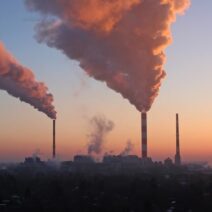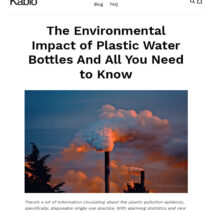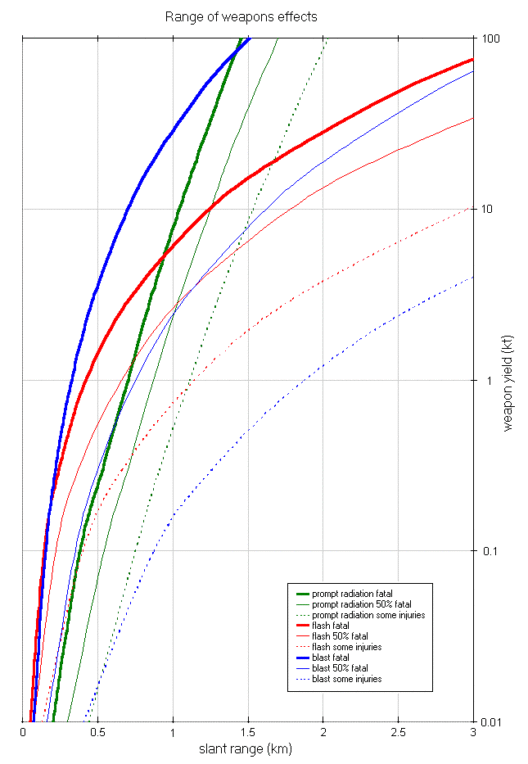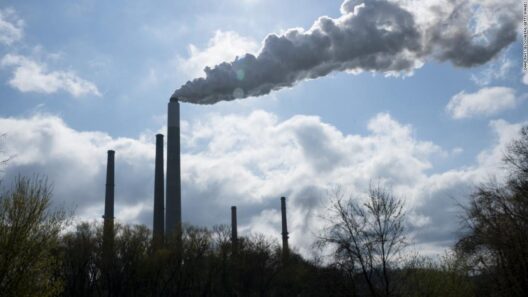Introduction
Volcanic eruptions evoke images of molten lava spewing from the earth’s crust and clouds of ash darkening the sky. However, these natural phenomena have far-reaching implications that extend beyond mere terrestrial destruction. Have you ever contemplated how eruptive forces contribute to climate change? A paradox lies within volcanic activities as they emit both beneficial and detrimental substances into the atmosphere. This exploration delves deep into the multifaceted relationship between volcanic activity and global warming.
Unveiling Volcanism
Volcanoes are more than just geological formations; they embody an intricate web of processes. When tectonic plates shift, magma rises to the surface, resulting in volcanic eruptions. These eruptions unleash a variety of materials, each with its unique impact on the environment. Among these, gases such as carbon dioxide (CO₂), sulfur dioxide (SO₂), and water vapor play pivotal roles in influencing climate systems.
The Role of Gases in Global Warming
Carbon dioxide, a notorious greenhouse gas, is released in substantial quantities during eruptions. While the magnitude of CO₂ emissions from a volcanic eruption is minor compared to human-induced sources, they still contribute to the overall greenhouse gas concentrations in the atmosphere. Over time, even minor amounts can accumulate to substantial levels, exacerbating global warming.
Sulfur dioxide, on the other hand, presents a dual-edged sword in the climate dialogue. Upon release, it can form sulfate aerosols in the atmosphere. These aerosols create a cooling effect by reflecting sunlight back into space. However, this temporary respite is overshadowed by the long-term effects of increased CO₂. This begs the question: if nature’s own mechanisms can offer temporary solutions, should we rely solely on them, or take a more proactive approach in combating climate change?
Volcanic Ash: A Double-Edged Sword
Volcanic ash, the fine particulate matter ejected during an eruption, plays a critical role in both the immediate aftermath of an eruption and the longer-term climate implications. Initially, ash can block sunlight, leading to a decrease in surface temperatures, a phenomenon known as “volcanic winter.” For a short duration, this can mitigate global warming effects, yet the long-term impacts of increased CO₂ emissions and other volcanic gases tend to override these cooling periods.
The interplay between volcanic ash and the climate is intriguing. In certain ecosystems, the rich minerals found in ash can enhance soil fertility and promote agricultural growth. Farmers in volcanic regions often benefit from the nutritious layers of ash that replenish the soil. However, this local benefit stands in stark contrast to the broader implications of climate change, revealing the complicated interactions within our ecosystems.
Historical Perspectives on Volcanic Eruptions
Throughout history, several notable eruptions have exhibited significant climatic influences. The eruption of Mount Tambora in 1815 is a poignant example. It is often cited as the catalyst for the “Year Without a Summer” in 1816, leading to widespread crop failures and food shortages across the northern hemisphere. This event underscores the capacity of volcanic eruptions to disrupt climate patterns, presenting an eerie reflection on our current climate challenges. How might contemporary society adapt to a similar large-scale climatic disruption?
A Contemporary Volcanic Landscape
In a world increasingly shaped by anthropogenic influences, the role of volcanic activity must be evaluated within a broader context. In recent years, eruptions such as the 2010 Eyjafjallajökull in Iceland have demonstrated the interconnectedness of volcanic activity and modern society. The ash cloud disrupted air travel across Europe, illuminating our vulnerability to natural phenomena. This incident propelled discussions around establishing robust global systems to respond to both the immediate and long-term repercussions of such events.
Technological Advancements and Predictive Models
As scientific understanding evolves, so too do the technological tools we employ to study volcanic activity and its climatic impact. Utilizing satellite imagery, scientists can monitor volcanic gases and ash dispersal patterns. Predictive models now incorporate volcanic activity when forecasting climate changes, granting societies improved preparedness for potential disruptions. Yet, one must ponder: how effectively are we utilizing this knowledge to drive proactive measures in mitigating climate change?
Human Adaptation and Resilience
Considering the inherent unpredictability of volcanic eruptions, fostering human adaptability remains crucial. Communities near volcanic regions must cultivate resilience and implement strategies to withstand potential climate fluctuations. Enhanced agricultural practices, improved evacuation protocols, and education campaigns on volcanic risks form essential components of a robust response framework.
This venture into the world of volcanism also presents an opportunity to pivot towards sustainability. As society grapples with climate change, it becomes increasingly vital to harness clean energy sources and reduce reliance on fossil fuels. Could innovations in geothermal energy extraction from volcanic regions serve as a model for sustainable practices?
Conclusion
In summary, volcanic activity presents a complex narrative woven into the broader tapestry of climate change. From the release of greenhouse gases to the localized benefits of volcanic ash, the consequences are far-reaching and multifaceted. Each eruption serves as a reminder of nature’s formidable power and humanity’s responsibility to adapt and innovate. As society stands at this nexus of natural phenomena and anthropogenic influence, the challenge remains: how can we intertwine our understanding of volcanic activity with actionable strategies to combat climate change, ensuring a balanced and sustainable future?







